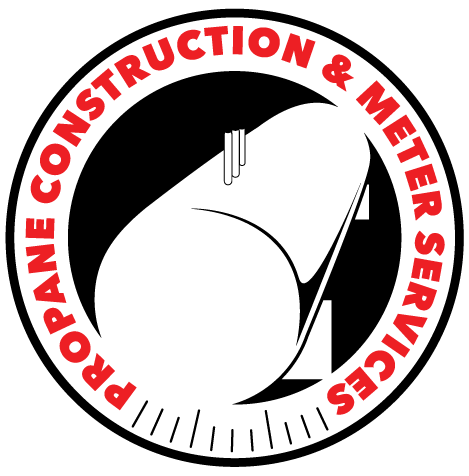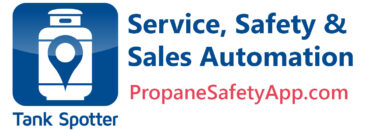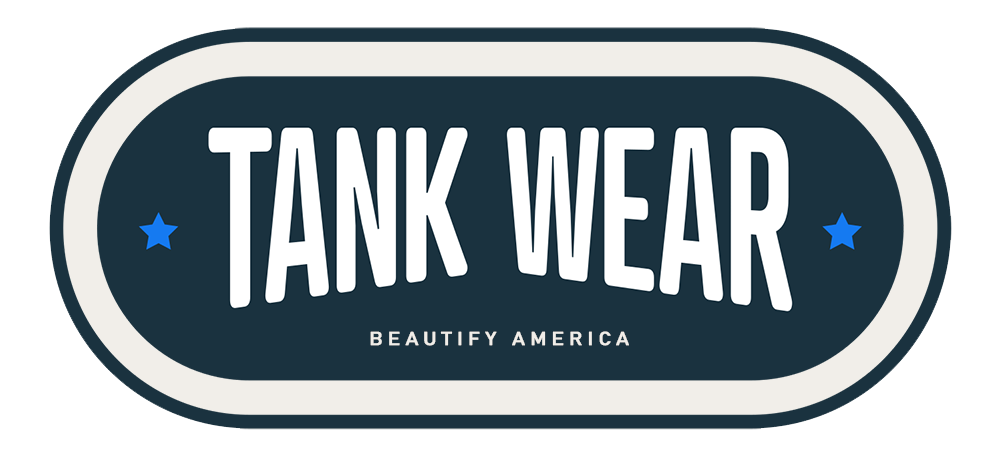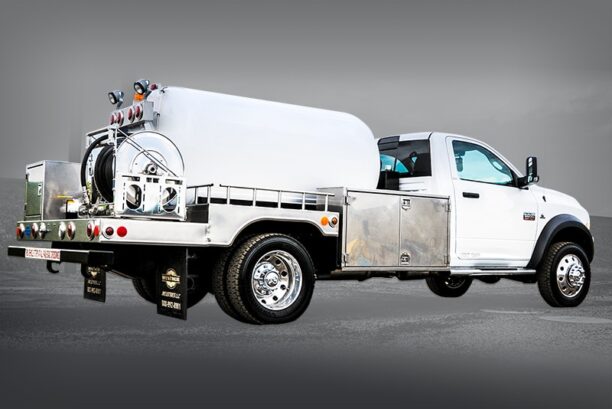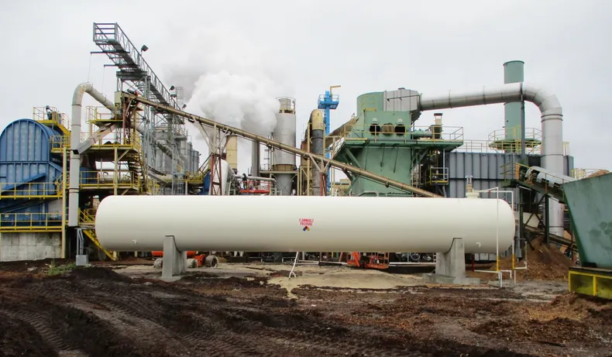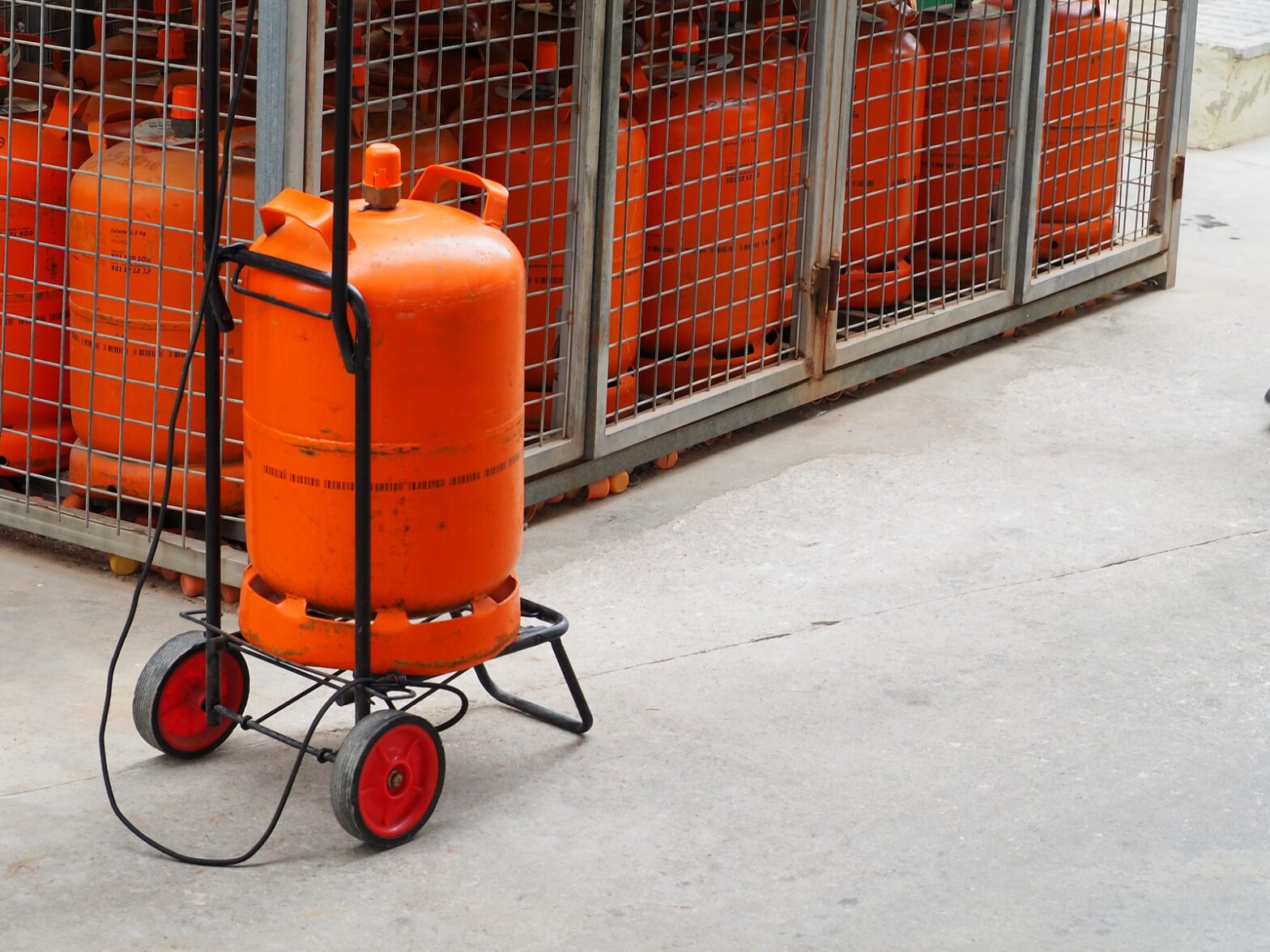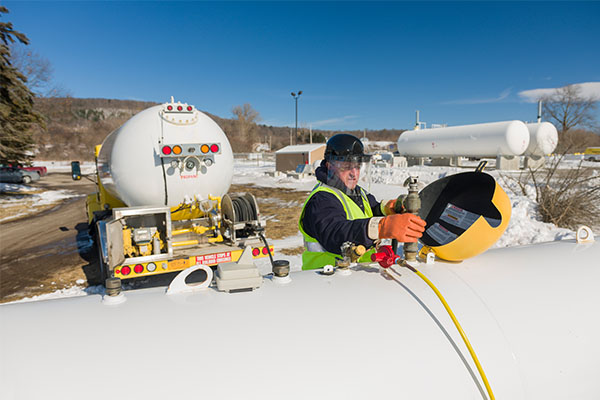Propane Delivery During Severe Weather
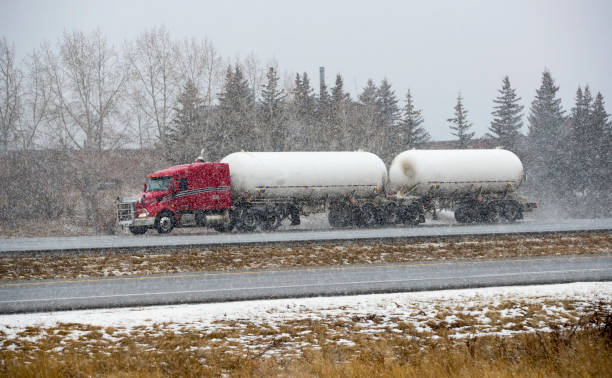
Navigating Extreme Conditions
Delivering propane in extreme weather conditions presents unique challenges that require careful planning, proactive safety measures, and adaptability. From scorching heat waves to blustery snow storms, propane companies must ensure uninterrupted service to their customers while safeguarding their employees during severe weather events. This guide outlines best practices for maintaining efficient propane delivery during those especially challenging times. They include:
Advance Planning
1. Weather Monitoring: Stay ahead of the weather by closely monitoring forecasts. This allows for proactive adjustments to delivery schedules based on impending weather conditions.
2. Customer Communication: Inform customers of potential delivery delays or adjustments due to extreme weather. Clear communication enhances trust and allows customers to prepare.
3. Pre-Season Preparation: Encourage customers to schedule fill-ups before the onset of extreme weather seasons to minimize the need for emergency deliveries in hazardous conditions.
Safety Measures
1. Employee Training: Regularly train delivery personnel on safety protocols for extreme weather, including proper attire, vehicle handling, and emergency procedures.
2. Vehicle Maintenance: Ensure that delivery vehicles are equipped for extreme conditions, such as snow tires for winter or cooling systems for summer, and conduct regular maintenance checks.
3. Emergency Kits: Equip vehicles with emergency kits containing water, non-perishable food, first-aid supplies, and communication devices for use in case of breakdowns or delays.
Operational Adjustments
1. Flexible Scheduling: Adjust delivery schedules to avoid the worst of the weather conditions, possibly shifting to nighttime or early morning deliveries during heat waves or planning around storms.
2. Route Optimization: Use route optimization software to identify the safest and most efficient routes during extreme weather, avoiding areas prone to flooding, ice, or other hazards.
3. Priority Delivery System: Implement a priority delivery system for critical recipients, such as hospitals or elderly customers, to ensure they receive propane even under challenging conditions.
Customer Support
1. Education on Usage: Educate customers on propane conservation techniques and safety measures during extreme weather, potentially through social media, newsletters, or direct communication.
2. Emergency Services: Offer emergency delivery services for customers who find themselves unexpectedly low on propane during severe weather events.
3. Remote Monitoring: Utilize tank monitoring technology to remotely check propane levels in customer tanks, allowing for better planning and prioritization of deliveries.
Collaboration and Teamwork
1. Community Coordination: Work with local emergency services and community organizations to coordinate efforts during extreme weather events, ensuring the most vulnerable receive the needed support.
2. Employee Care: Take care of your employees by providing them with the necessary resources and support during tough conditions, recognizing their efforts, and ensuring they have adequate rest.
Preparedness and Responsiveness
Successfully managing propane delivery in extreme weather conditions requires a blend of preparedness, clear communication, safety prioritization, and operational flexibility. By implementing these best practices, propane delivery companies can continue to provide reliable service while ensuring the safety of both their employees and customers, regardless of the weather-related challenges they may encounter.






